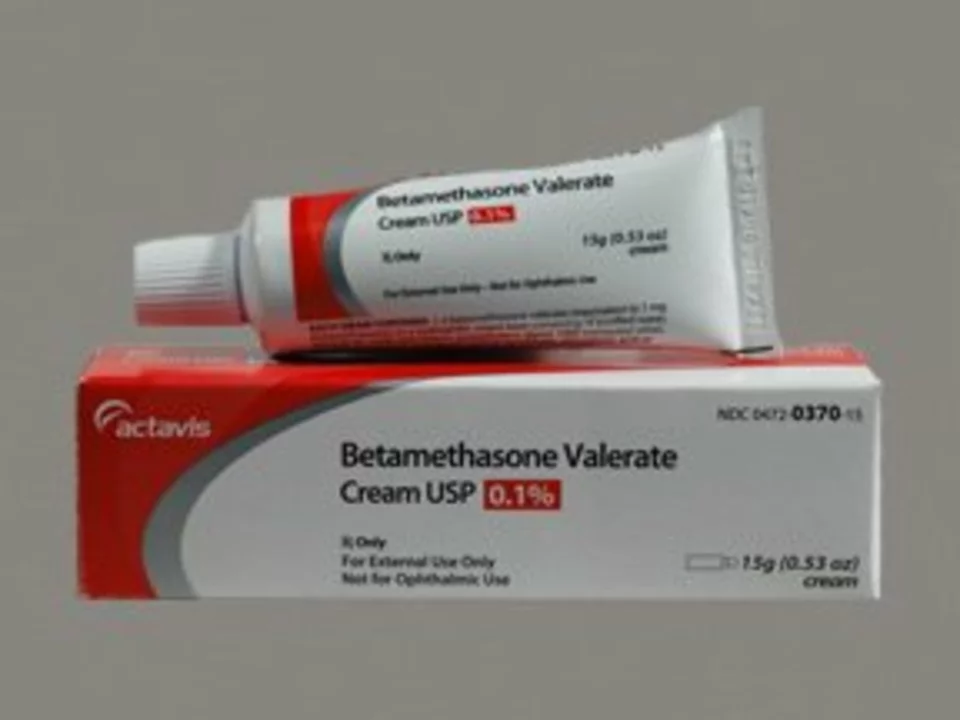Sweet's Syndrome: What It Is, How to Spot It, and How to Treat It
If you’ve ever seen a sudden, painful red patch on your skin that looks like a fire‑red plaque, you might be looking at Sweet’s syndrome. Also called acute febrile neutrophilic dermatosis, this condition shows up quickly, often with fever and a tender rash that can appear on the arms, face, or torso.
Typical Signs and Who Gets Them
The rash usually starts as raised, soft bumps that merge into larger plaques. They’re bright red, sometimes purple, and feel sore to touch. Fever, chills, or a general feeling of being unwell often accompany the skin changes. Sweet’s syndrome isn’t limited to one age group – adults in their 30s‑50s see it most, but kids can get it too, especially if they have an underlying illness.
What Triggers the Outbreak?
Doctors link Sweet’s syndrome to three main triggers: infections (like a recent cold or urinary tract infection), certain cancers (especially blood‑related ones), and drugs such as antibiotics or anti‑cancer meds. In many cases, no clear cause is found, which doctors call “idiopathic.” If you notice the rash after starting a new medication, it’s worth mentioning to your doctor.
Diagnosing Sweet’s syndrome involves a skin biopsy – a tiny piece of tissue sent to a lab to look for lots of neutrophils (a type of white blood cell) without infection signs. Blood tests may also show elevated white‑cell counts or markers of inflammation. Your doctor will ask about recent illnesses, medications, and any history of cancer to rule out other possibilities.
When it comes to treatment, the first line is usually systemic steroids like prednisone. Most people feel relief within a few days, and the rash fades over weeks. For those who can’t take steroids or need long‑term control, alternatives include colchicine, potassium iodide, or newer drugs like dapsone. Topical steroids help with smaller patches but won’t stop new lesions from forming.
Keeping an eye on triggers is key. If a medication seems responsible, your doctor may switch you to something else. Managing any underlying infection or cancer also helps keep Sweet’s syndrome in check. Even though the rash looks dramatic, it’s rarely dangerous if treated promptly.
Bottom line: sudden painful red skin lesions plus fever should raise suspicion for Sweet’s syndrome. A quick visit to a dermatologist, a biopsy, and starting steroids can get you back to normal fast. Stay aware of recent meds or illnesses – they often hold the clue that guides effective treatment.


